BIW Fixtures Course in Hyderabad
Home All Courses BIW Fixtures Course Course Includes Time Duration : 40 Days Reference Guides Student Login ISO Certification Pre-Placement Training Best Infrastructure More Courses

Home All Courses BIW Fixtures Course Course Includes Time Duration : 40 Days Reference Guides Student Login ISO Certification Pre-Placement Training Best Infrastructure More Courses
Home All Courses GD&T Course Course Includes Time Duration : 40 Days Reference Guides Student Login ISO Certification Pre-Placement Training Best Infrastructure More Courses For
Book A Free Demo Loading… Trusted BY 550+ Leading Companies Are Hiring From Us Hiring clients is selecting and recruiting customers based on their purchasing
Your Skills, Our Commitment – Guaranteed Interview Opportunities! Home Contact Us Skill Up with Caddesk Hyderabad – Interviews Guaranteed The Interview Guarantee Program is designed to

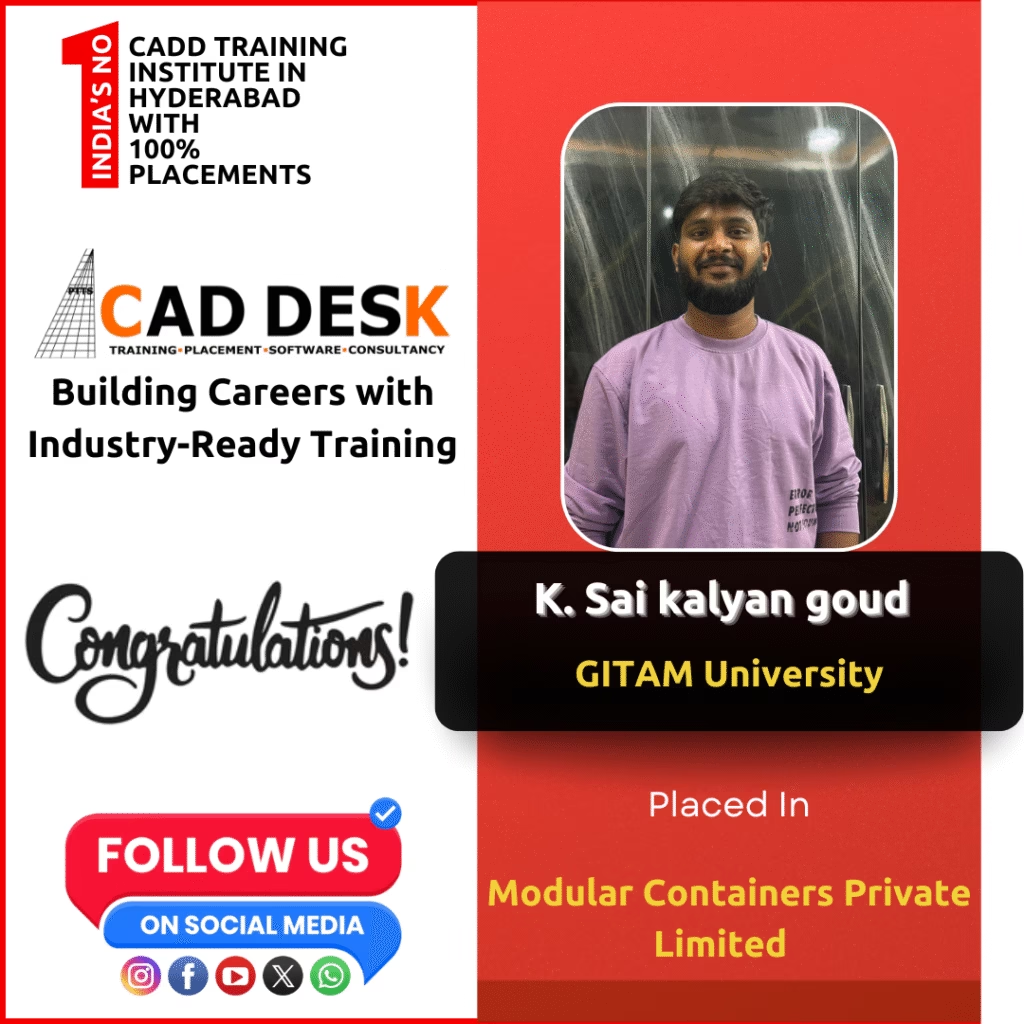







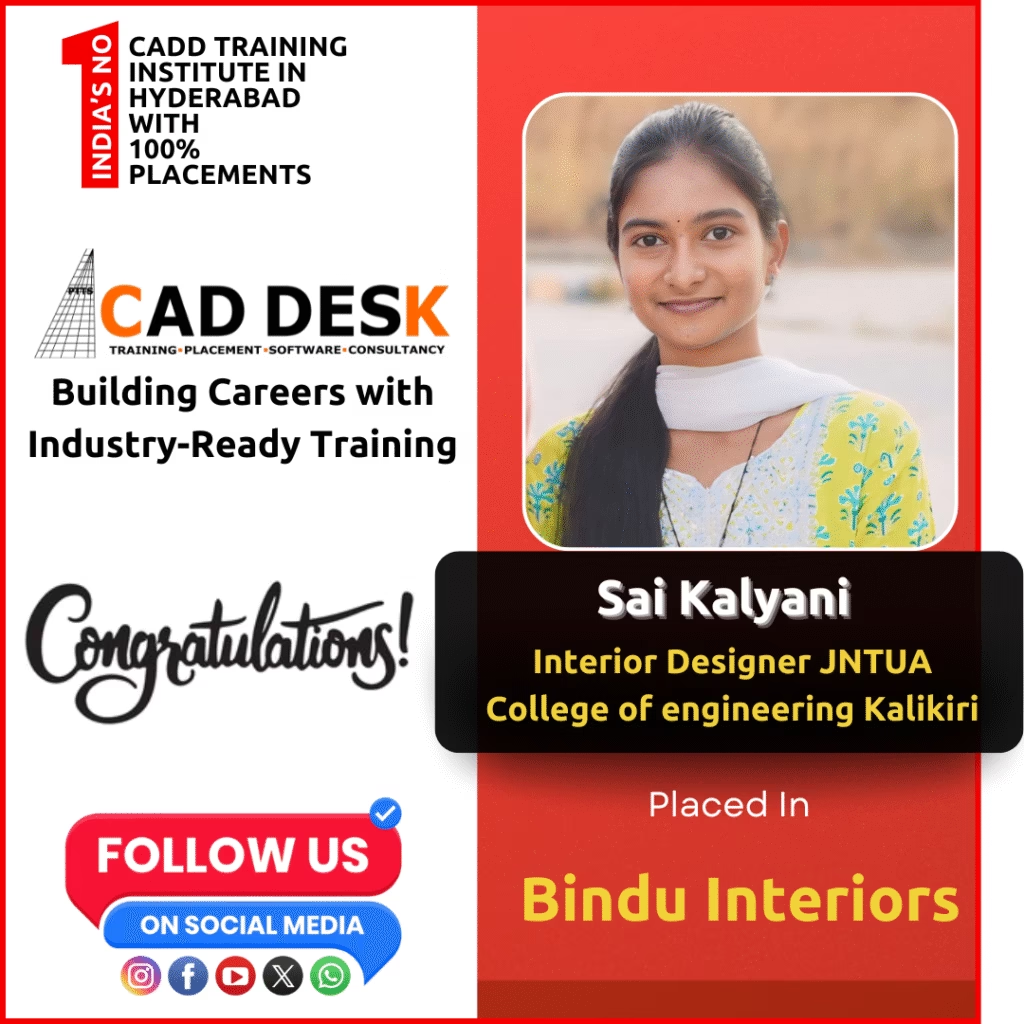
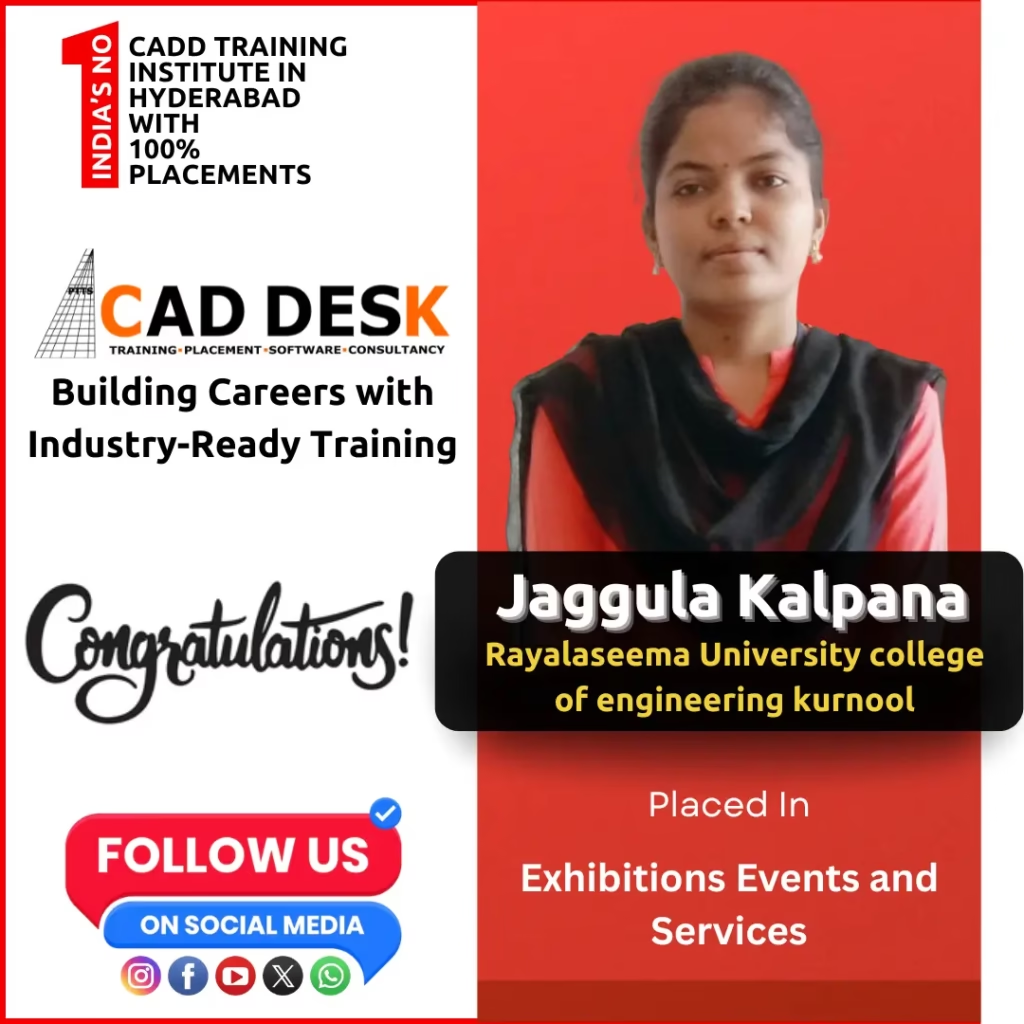
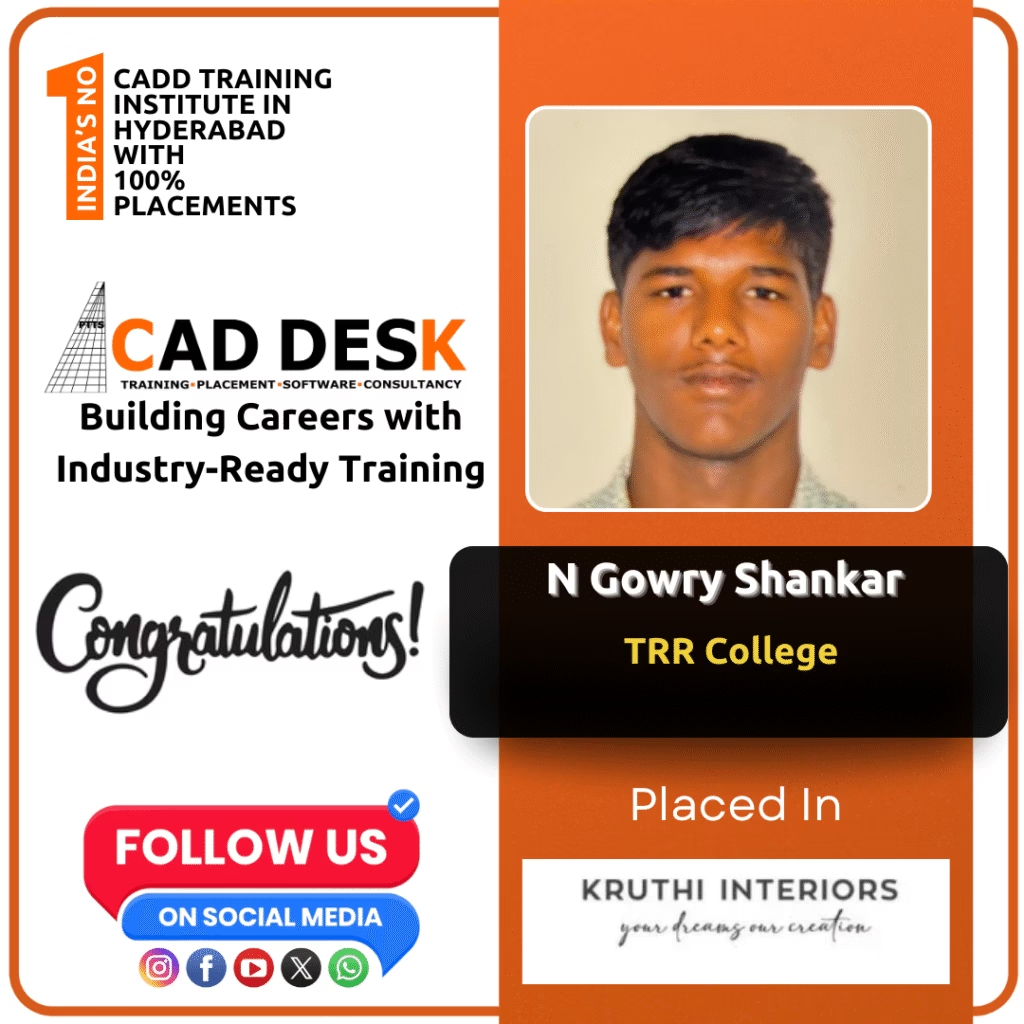
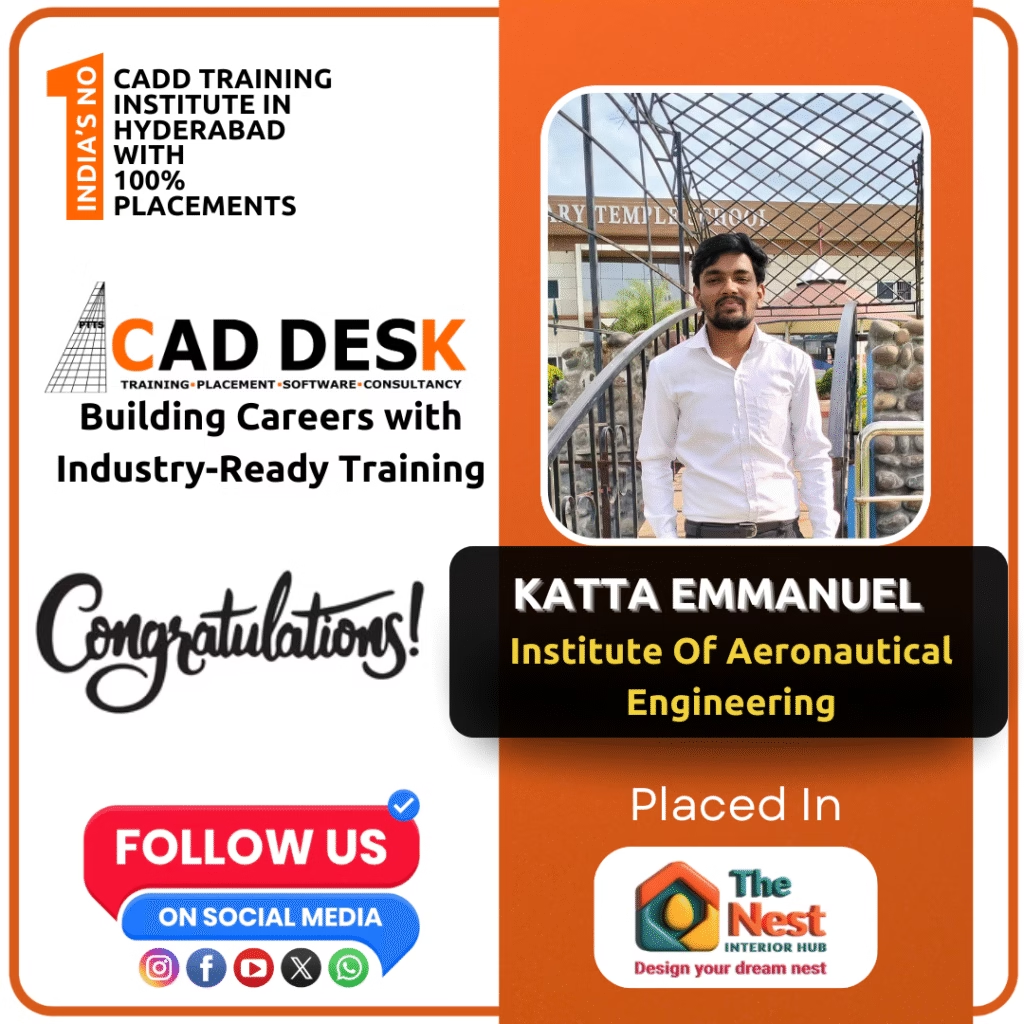

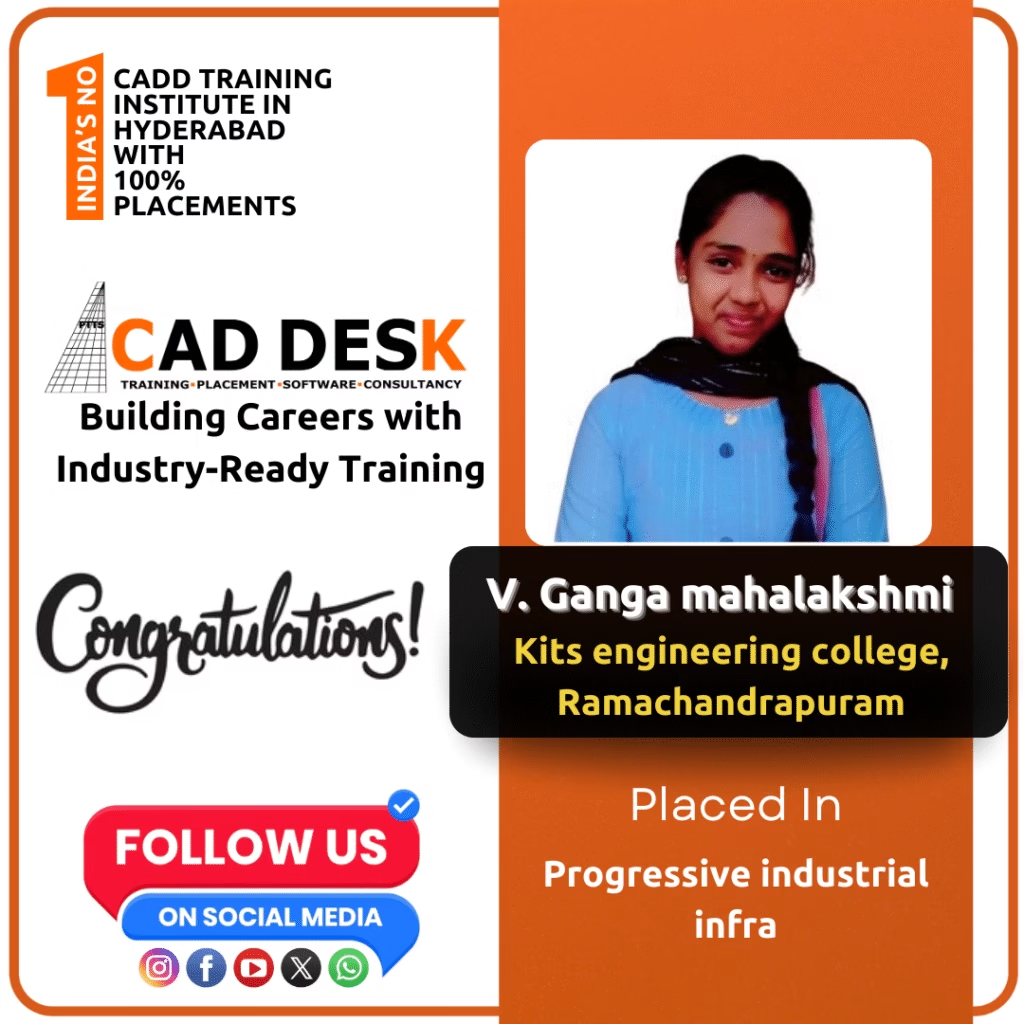
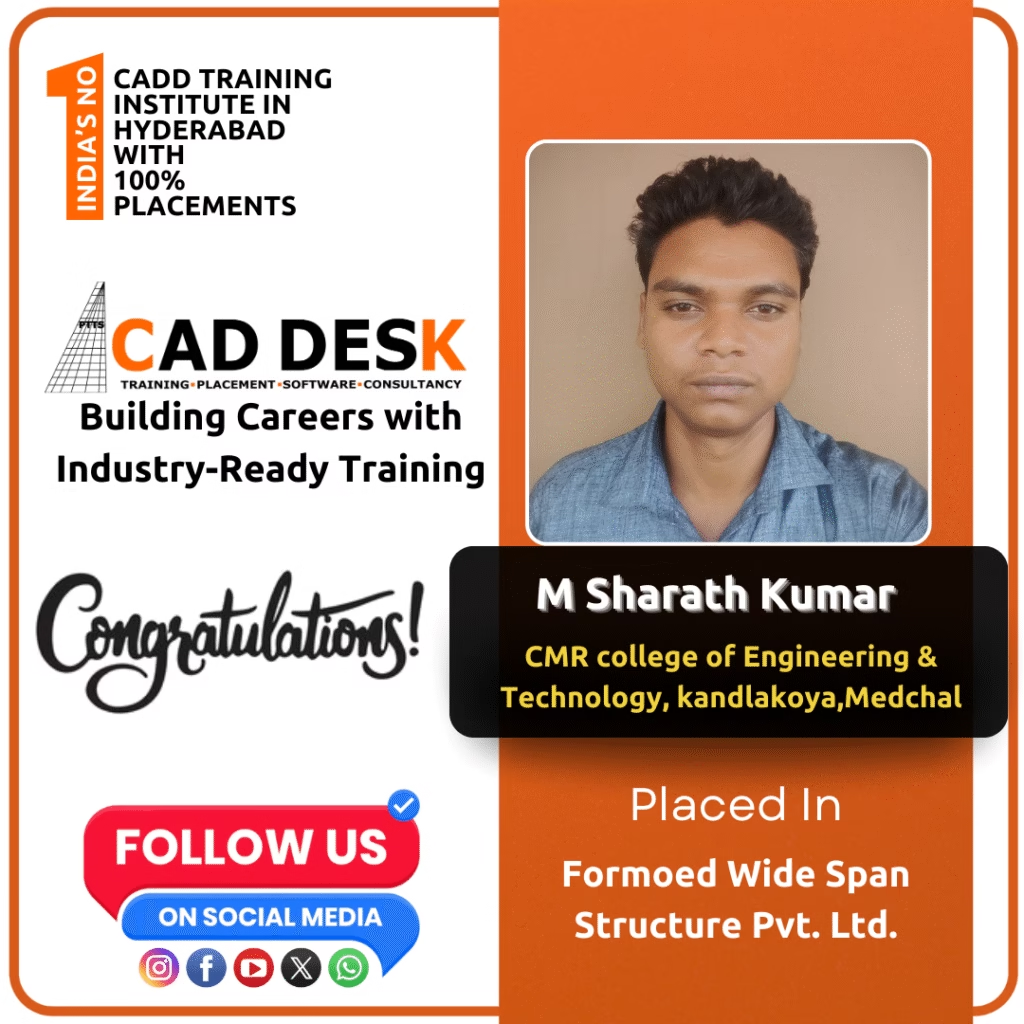
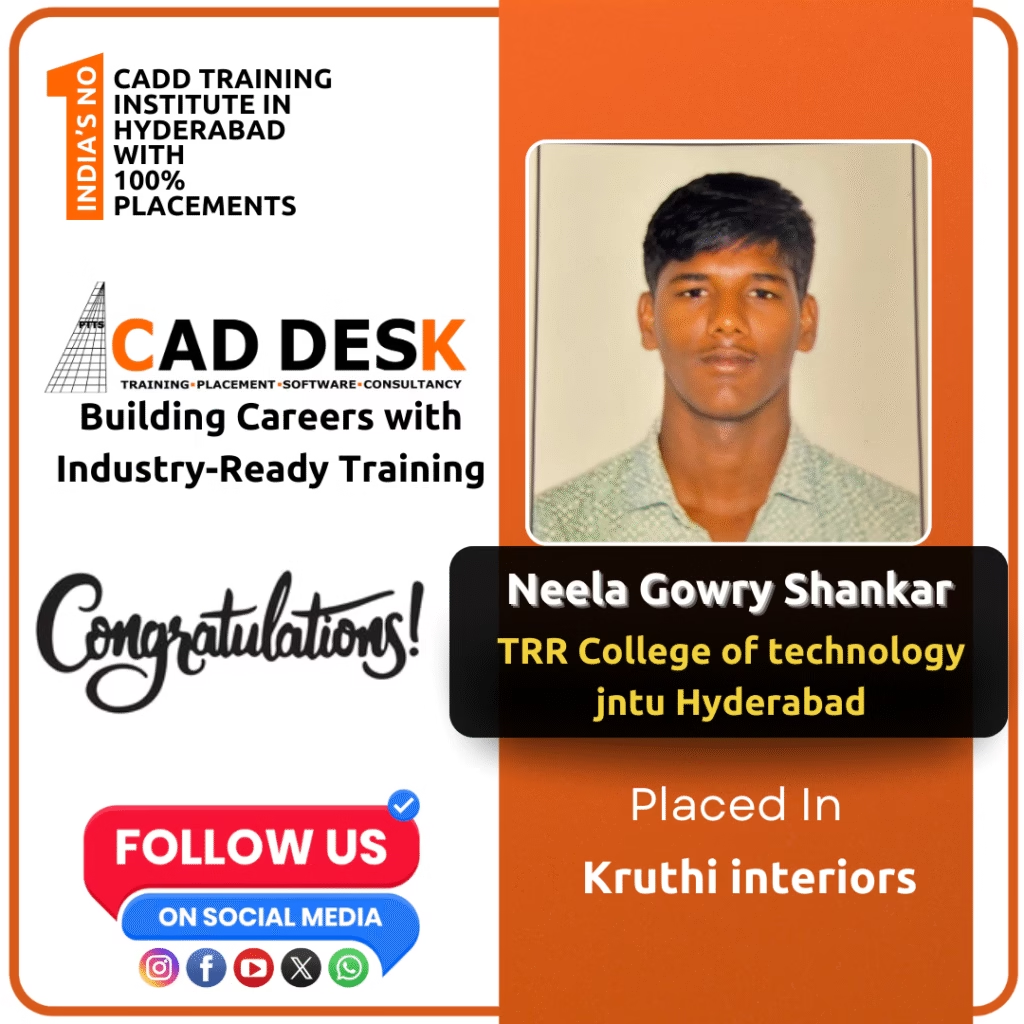
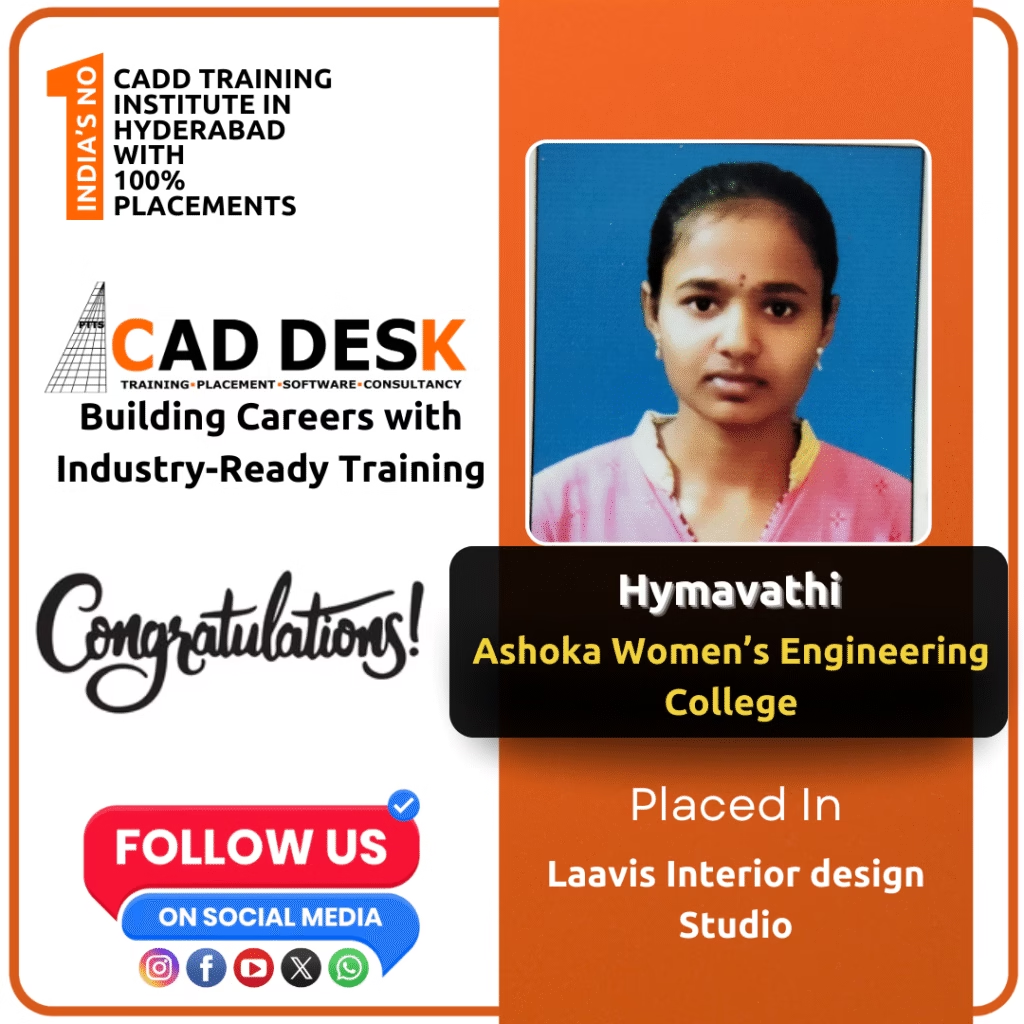
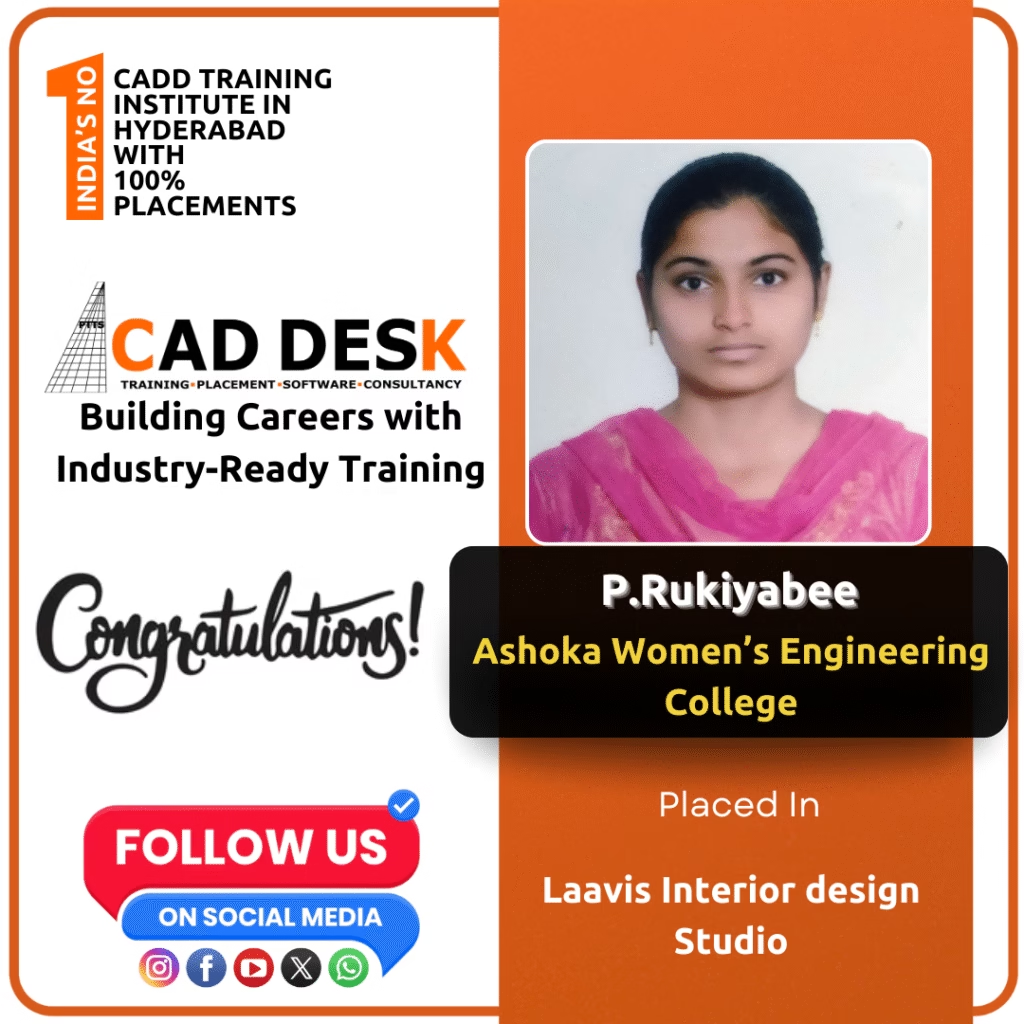
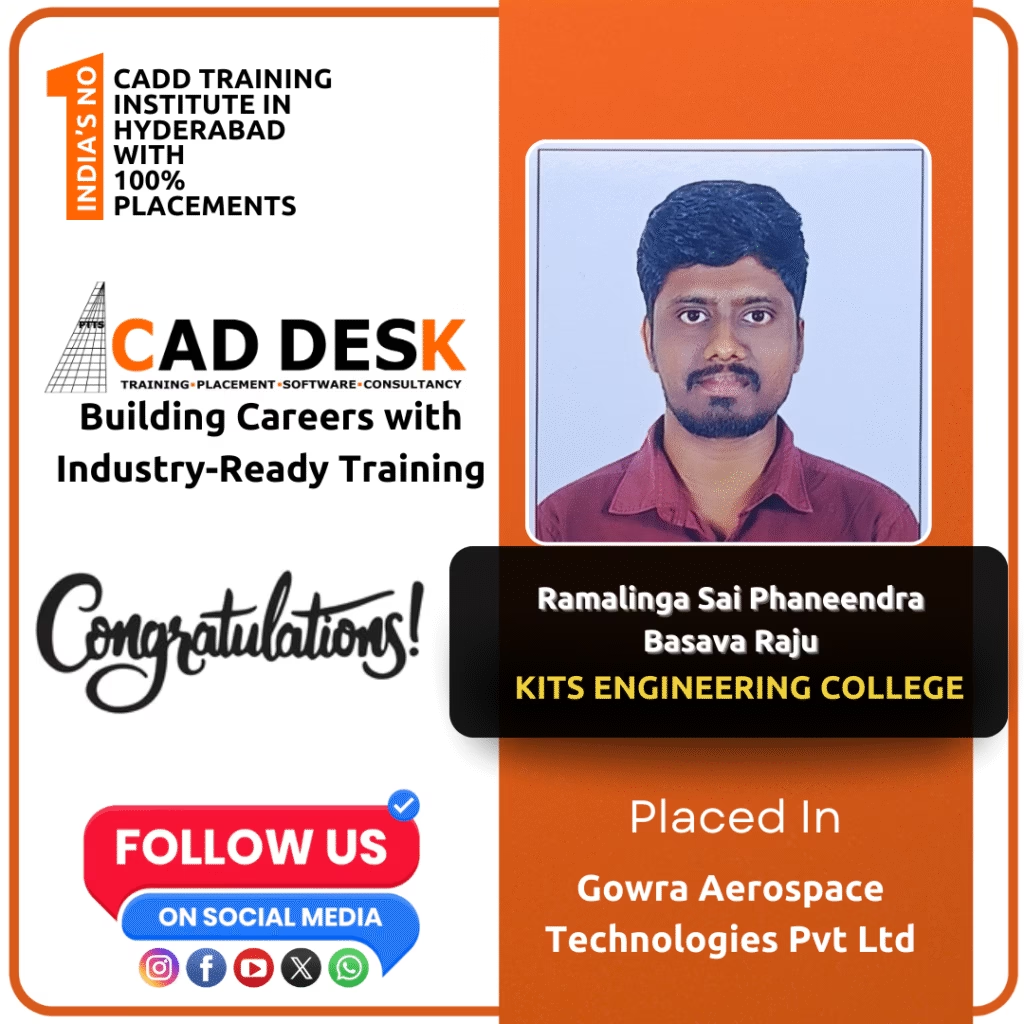
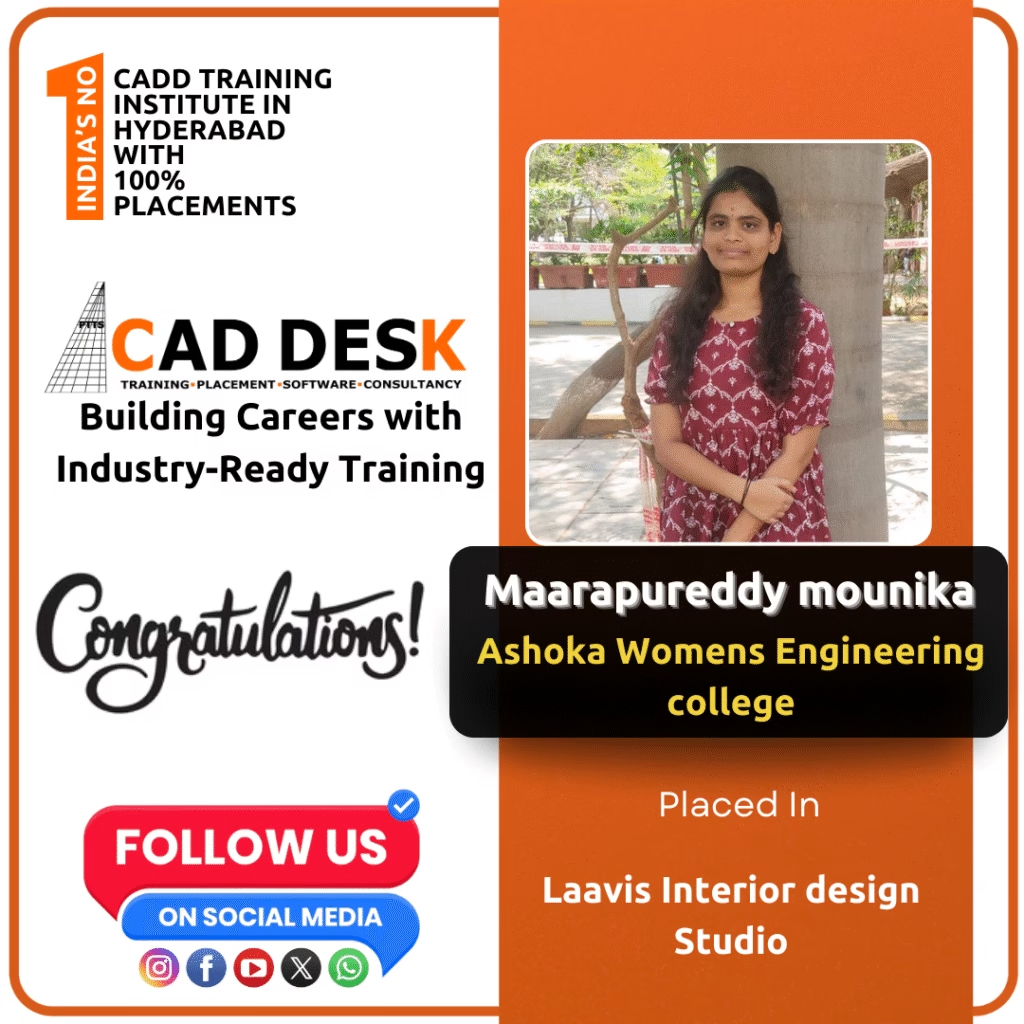
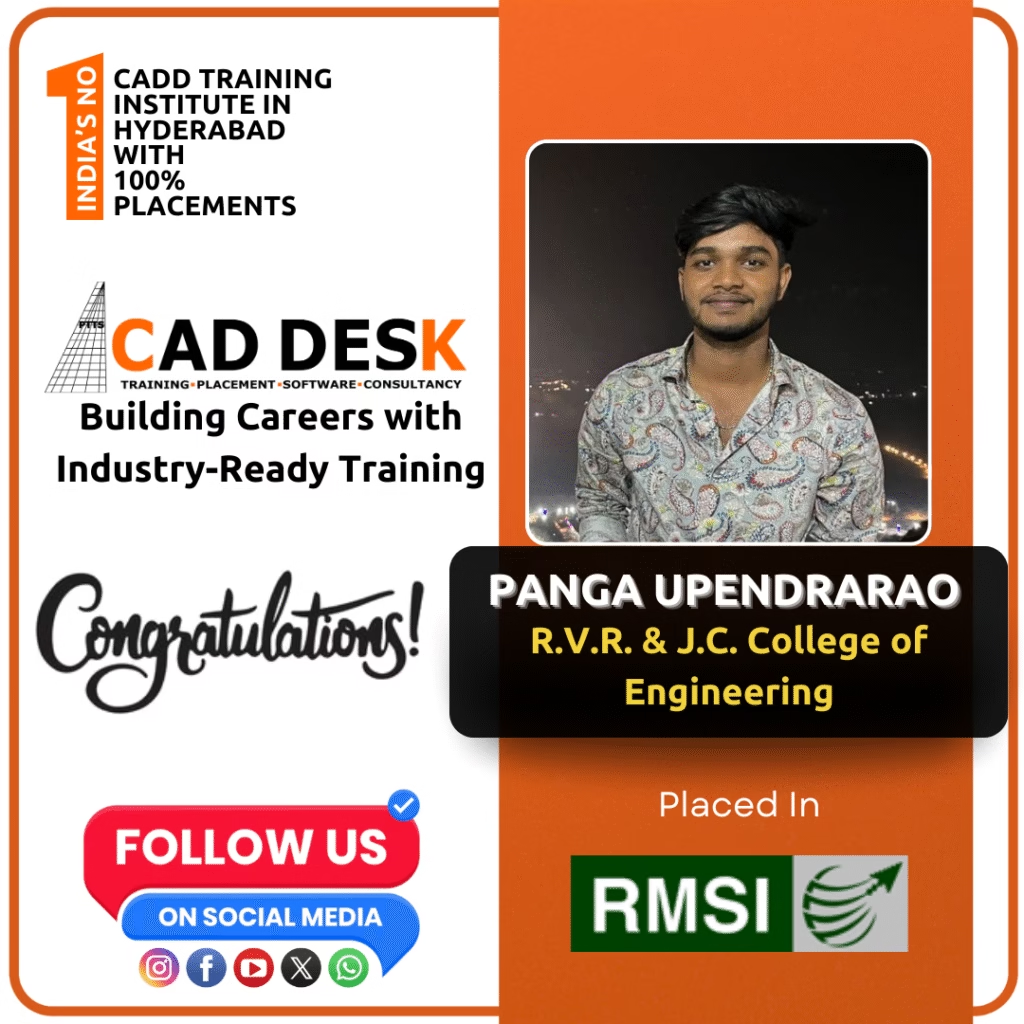













































Vray is a powerful tool used by architects, designers, and artists for creating high-quality 3D visualizations. A Vray course will teach students how to create photorealistic images and animations using Vray’s advanced lighting, materials, and rendering tools. Students will learn the basics of Vray and how to set up a scene, adjust lighting, apply textures, and render final images. They will also learn advanced techniques for fine-tuning and optimizing their renders. A Vray course is ideal for anyone looking to improve their 3D visualization skills and create high-quality, professional-grade images and animations for use in architecture, interior design, product design, and more. With the help of a Vray course, students can take their 3D visualization skills to the next level and create stunning visualizations that stand out from the crowd.
Caddesk Hyderabad is the best Vray training institute for several reasons. Firstly, the faculty members are highly experienced and experts in Vray technology, providing students with quality education. Secondly, the course curriculum is up-to-date with the latest industry standards and provides hands-on practical training. Thirdly, the institute has state-of-the-art facilities and resources, including modern software and hardware to ensure that students are fully equipped with the necessary skills and knowledge. Finally, Caddesk Hyderabad offers flexible course timings and affordable fees, making it accessible for students from all backgrounds. These factors combined make Caddesk Hyderabad the best choice for anyone looking to learn Vray technology.
1. Learning industry standard software: Vray is widely used in the visual effects and animation industry, and learning it can enhance your career opportunities in fields such as architecture, interior design, and film.
2. High-quality rendering: Vray’s advanced rendering techniques can create highly realistic and detailed images, making it a popular choice among professionals.
3. Efficient workflows: Vray has a streamlined workflow, allowing users to work quickly and efficiently while producing high-quality results.
4. Customizability: Vray offers a variety of tools and settings that can be customized to suit your specific project needs, allowing for greater creative control and flexibility.
5. Integrated with other software: Vray is compatible with many other popular software programs, such as 3ds Max, SketchUp, and Revit, making it a versatile tool for 3D visualization.
6. Continuous updates and support: Vray is regularly updated with new features and improvements, and its large user community provides a wealth of support and resources for learning and troubleshooting.
Caddesk Hyderabad is offering an online Vray course that provides a comprehensive understanding of 3D rendering with Vray. This course is suitable for students, architects, interior designers, and professionals in the design industry. The course covers all the aspects of creating realistic and visually stunning 3D models and helps learners improve their design and visualization skills. The course is delivered by experienced trainers who guide learners through the creation of complex models and scenes, using advanced tools and techniques. Participants get access to the course material for 12 months, providing them flexibility in completing the course. Upon successful completion of the course, participants receive a certificate of completion that can help them boost their career prospects in the design industry.
Vray is a popular rendering software used in the architecture, design, and creative industries. Taking a Vray course can open up many career opportunities for individuals in these fields. Here are some career options:
1. 3D Animator: Vray is used extensively in animation for creating realistic lighting and textures.
2. CG Artist: A Vray course can equip individuals with the necessary skills to create photorealistic images for advertising and marketing.
3. Architect/Interior Designer: Vray provides accurate lighting and material representation, making it an indispensable tool for architects and interior designers.
4. Virtual Reality Developer: Vray can be used to create 360-degree virtual tours for real estate and product visualizations.
5. Product Designer: Vray allows for high-quality product visualization, making it an essential tool for product designers.
6. Pre-Visualization Artist: Vray can be used by game designers to create realistic game engine assets and environments.
These are just a few of the career opportunities that can open up with a Vray course.
Understanding the fundamentals of rendering and V-Ray workflow
Setting up V-Ray in your 3D software (e.g., 3ds Max, SketchUp, Maya, Rhino, etc.)
Exploring the V-Ray interface and important settings
Overview of V-Ray materials and textures
Exploring various types of V-Ray lights: sun, sky, dome, area, etc.
Creating natural lighting with V-Ray physical cameras
Using HDRI images for realistic environment lighting
Interior lighting setups: balancing artificial and natural light sources
Mastering the V-Ray material editor
Creating realistic materials for different surfaces (wood, metal, glass, etc.)
Understanding material properties like glossiness, reflectivity, and bump mapping
Utilising V-Ray displacement for intricate surface details
Working with global illumination and irradiance mapping
Optimising rendering settings for quality and speed
Utilising V-Ray render elements for post-production flexibility
V-Ray Denoiser: Reducing noise in renders efficiently
Interior scene setup: modelling and composition
V-Ray settings for interior scenes: caustics, GI, and light cache
Realistic rendering of materials and lighting for interiors
Enhancing ambiance with volumetric effects
Setting up a studio environment for product renders
Utilising V-Ray materials for product materials (plastic, metal, ceramics, etc.)
Studio lighting setups for product shots
Adding depth and realism with studio backdrops and reflections
Creating animations with V-Ray keyframe animation and camera paths
Understanding motion blur settings for moving objects
Rendering animated sequences for videos and presentations
Introduction to V-Ray GPU rendering
Setting up V-Ray GPU for faster rendering
Understanding the differences between CPU and GPU rendering
GPU rendering optimization and troubleshooting
Architectural visualisation: Rendering a modern building exterior
Interior design showcase: Creating a luxurious living space
Product rendering: Visualising a high-end consumer product
V-Ray is a powerful rendering engine used to create photorealistic images. Designers use it to bring 3D models to life with realistic lighting, shadows, reflections, and textures.
Anyone working with SketchUp, 3ds Max, Revit, Rhino, or Blender can join. It’s ideal for interior designers, architects, visualizers, and animation students.
Yes, basic knowledge of SketchUp or 3ds Max helps because V-Ray works as a plugin with these modeling tools.
You’ll learn lighting setups, HDRI environments, PBR materials, realistic texturing, shadows, GI settings, render optimization, and high-quality output settings used by industry professionals.
Yes! Students render living rooms, bedrooms, exteriors, furniture, and architectural spaces to understand real-time workflow.
Yes. The course covers both CPU and GPU modes, including how to optimize render time without losing quality.
Yes, Caddesk Hyderabad provides material libraries, texture packs, V-Ray presets, and downloadable resources.
Not at all. Once you understand how light and materials work, V-Ray becomes very easy. The trainers explain everything with simple examples.
The Ameerpet branch mainly trains V-Ray with SketchUp and 3ds Max, depending on the student’s requirement.
Yes, V-Ray is a must-have skill for 3D visualizer, interior designer, architectural designer, and rendering artist roles.
Yes, students receive a Caddesk Hyderabad V-Ray Certification, useful for placements and freelance work.
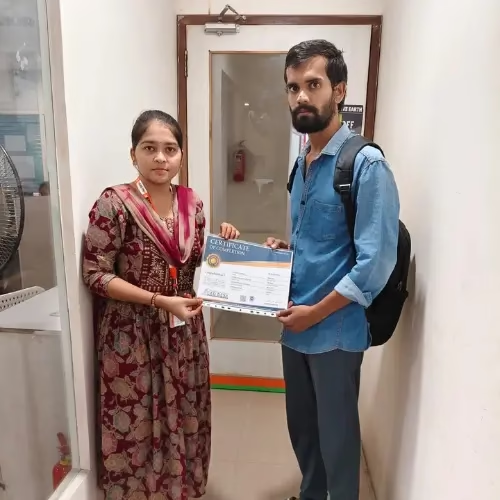


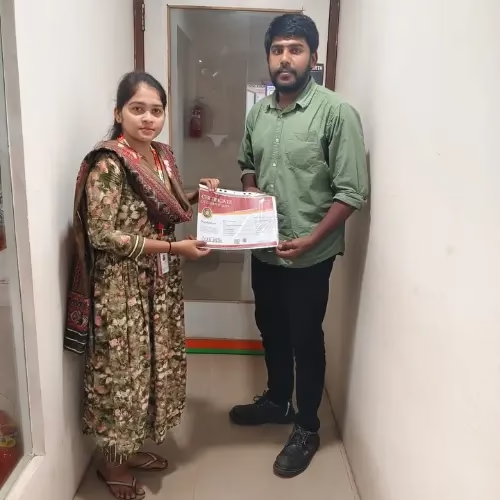
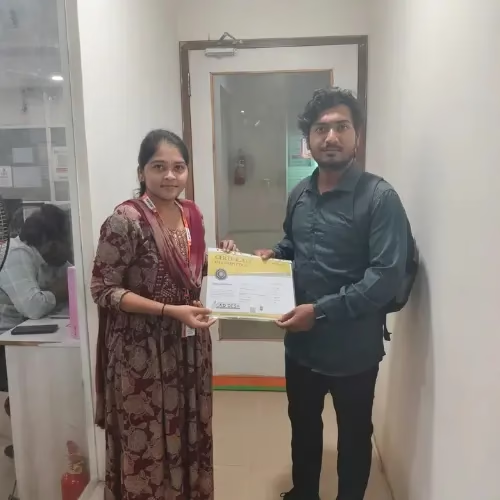
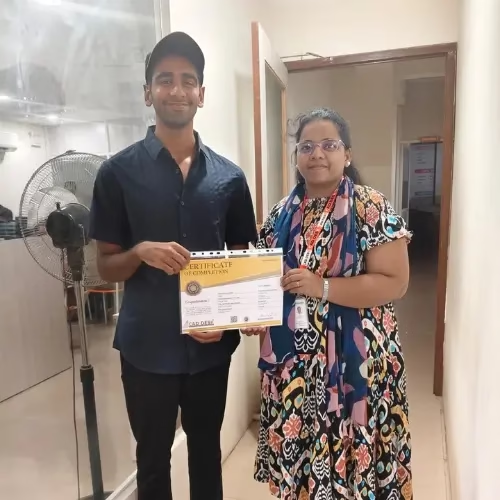
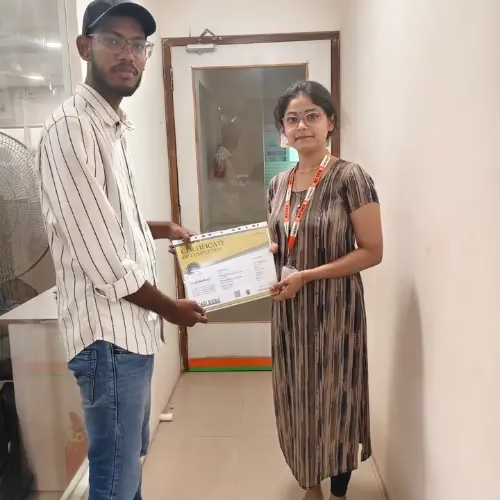
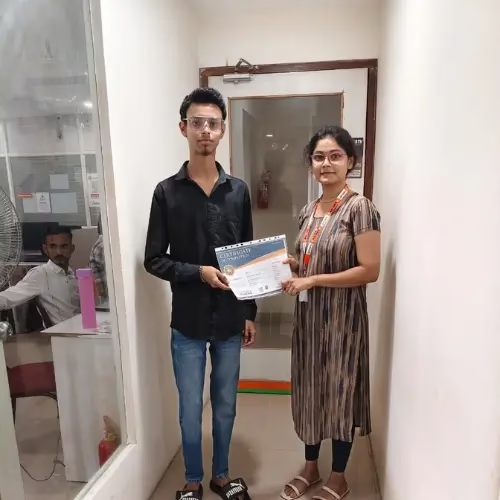
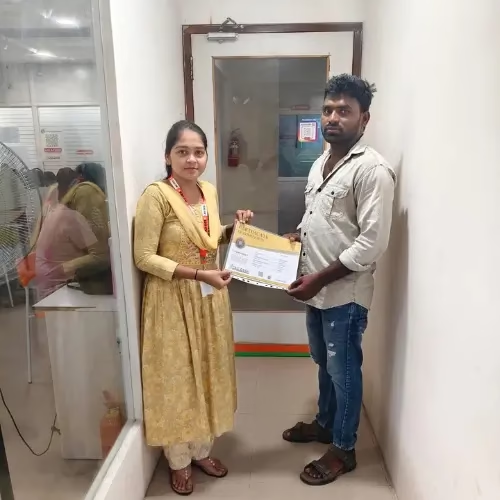
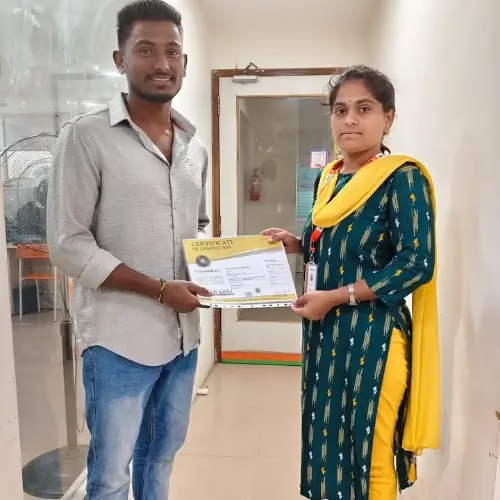
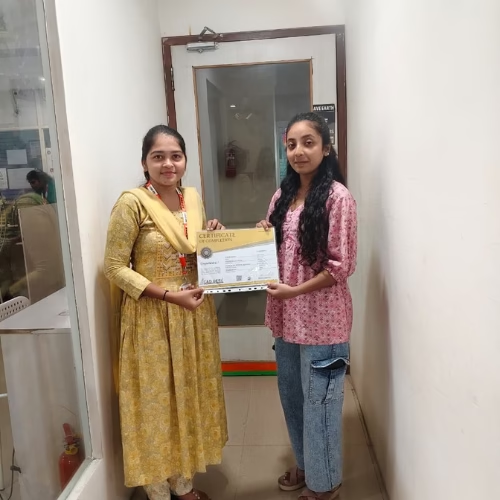
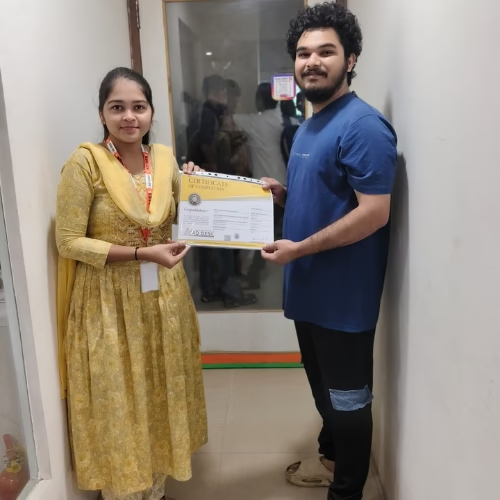
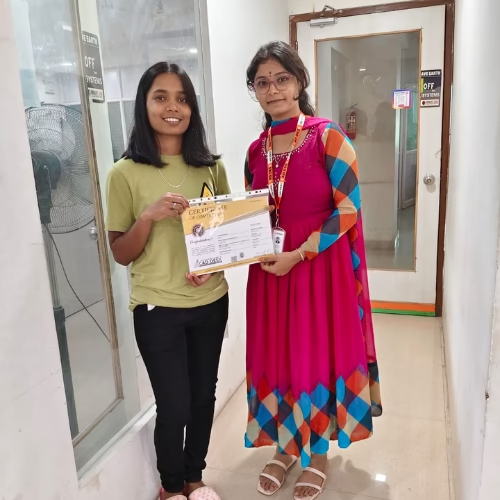
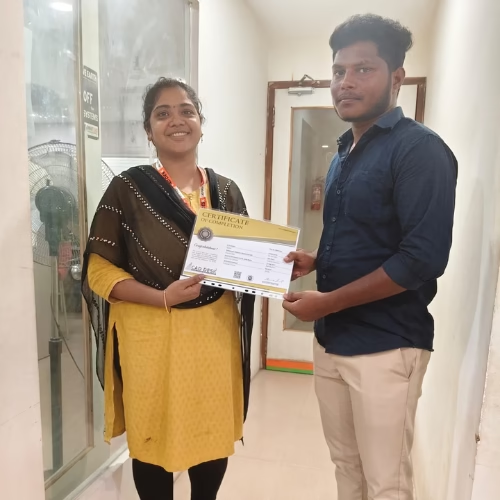
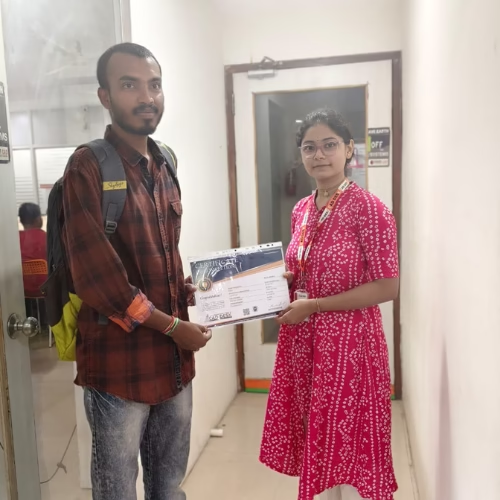
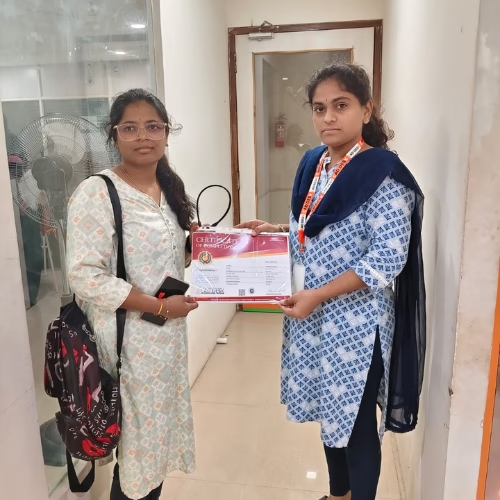
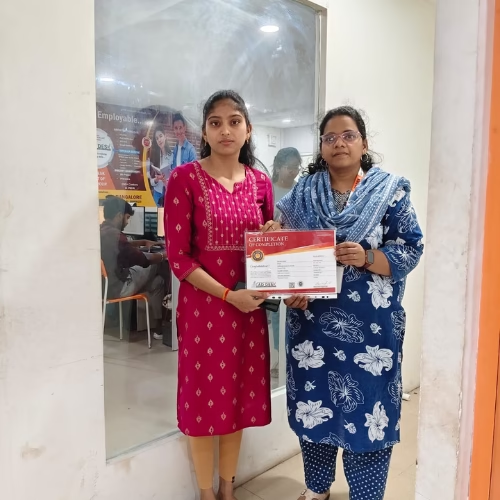
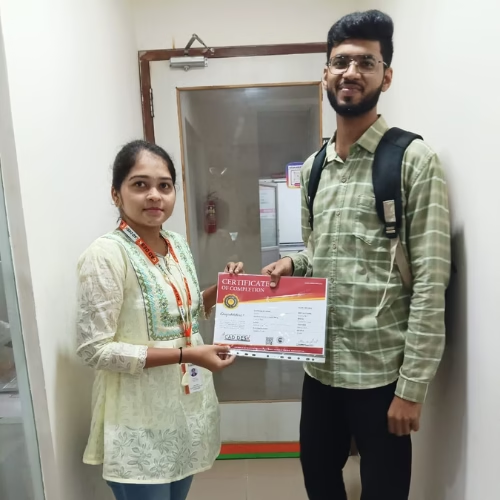
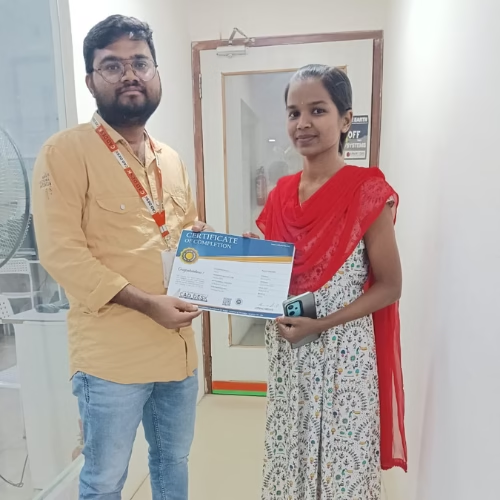
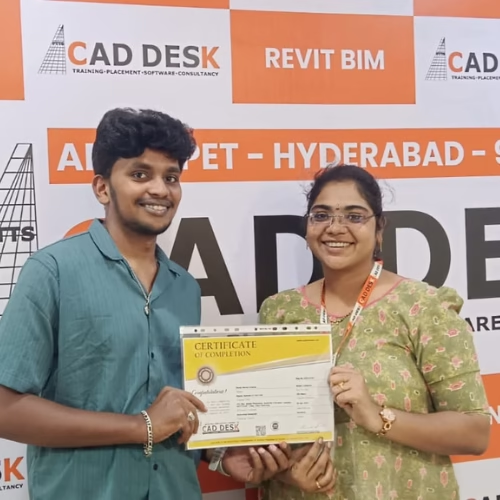
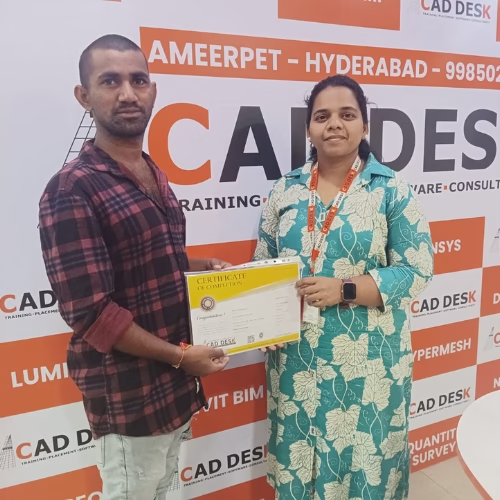
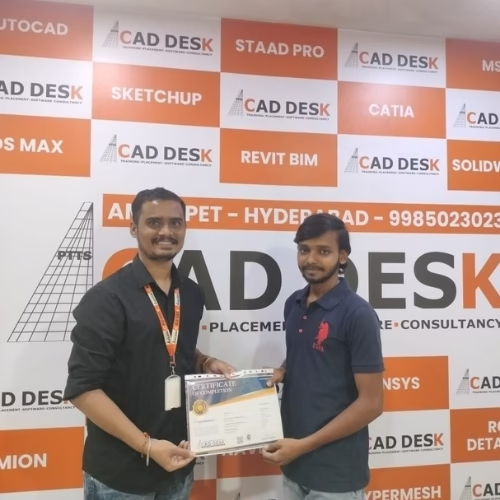
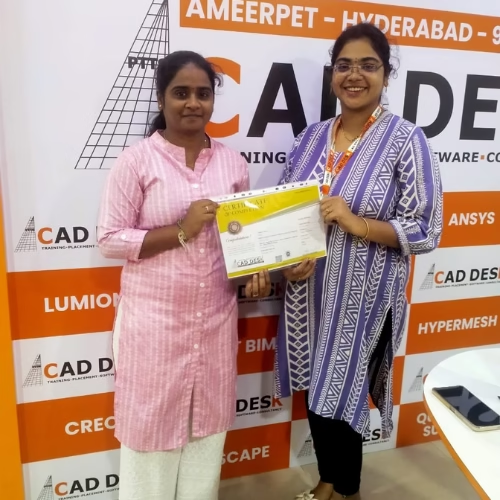
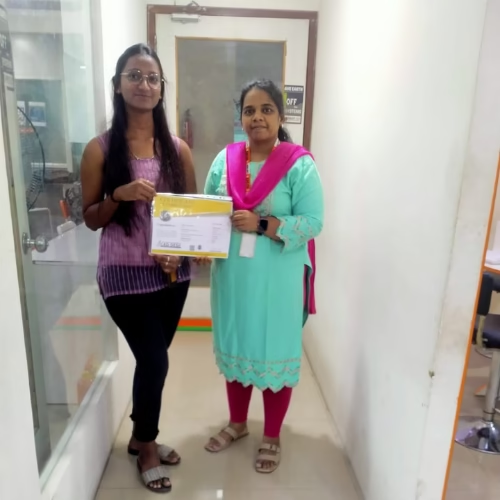
We're here for you
Explore Our courses